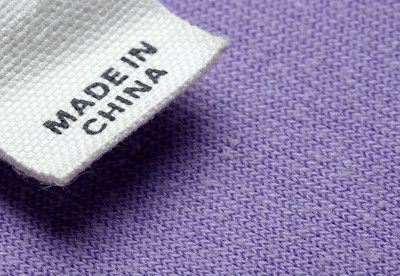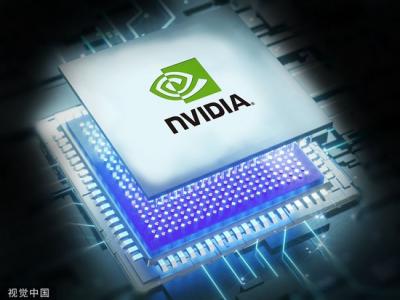your current location is:Home > TechnologyHomeTechnology
Chinese robots impress South Korea
"As Haier's TVs and refrigerators, Midea's washing machines and dryers, Lenovo's laptops and home computers, Xiaomi's mobile phones and small home appliances, etc. have all entered the Korean consumer market, in the past, It is a thing of the past that the performance and design of Chinese-made products are not as good as those of Korean companies." According to a report by "Korea Economy" on the 17th, a new batch of "Made in China" featuring high-tech content is occupying South Korea with high cost performance. In the commercial market, robots currently used in Korean restaurants, production bases and logistics centers are "Made in China".
 Data map source IC photo
Data map source IC photoAccording to the report, due to the advantages of price competitiveness, Chinese robots such as Purdue Technology and Qi Neng can occupy the South Korean service industry and industrial robot market. Robots made in China are about 20 percent cheaper than those in South Korea. Some analysts believe that Chinese society is accelerating the speed of digital transformation. Not only has drone delivery and telemedicine become commonplace, but industrial robots have also been used in large quantities in manufacturing. Back then, China did not catch up with the Industrial Revolution, but now China sees the era of the Fourth Industrial Revolution as a golden opportunity to become a global leader.
According to the report of "Seoul Economy", Koreans have become more and more likely to see robot service in restaurants in recent years. These robots can order food or move around in restaurants that lack side dishes. Especially as the COVID-19 pandemic continues, social distancing has become commonplace and face-to-face contact between people is reduced, and the number of these service robots is increasing dramatically. China is one of the fastest developing countries in the robotics industry in the world, and the Chinese government also takes the robotics industry as a key area for industrial training. China has become the world's largest robot market since 2013, and it has maintained the world's number one position so far. Even under the impact of the new crown pneumonia epidemic in 2020, China's robot market has grown by 27.6%. In 2021, the output value of China's robot industry may reach more than 120 billion yuan. It is understood that industrial robots account for about 60% of them, and about 30% are commercial fields that serve human life. China's industrial robot production has more than 7-folded from 2015 to 2020.
"Seoul Economy" quoted analysts as saying that as China is focusing on cultivating artificial intelligence, big data and other related technologies to lead the fourth industrial revolution, it is expected that robots in China's service field will also accelerate with the development of related technologies.
According to the report, South Korea is currently China's largest overseas market for industrial robots, accounting for 15% in 2020. According to recent statistics, about 60% of the robots responsible for transportation and movement on South Korean industrial production lines and logistics lines are made in China, and Chinese products are rapidly occupying the domestic robot market in South Korea. Service-oriented commercial robots made in China are also developing rapidly, mainly used for household cleaning, entertainment, helping the elderly and the disabled, and education.
At present, in the field of service robots in South Korea, the welcome and guidance robots of China Ecovacs and Orion, and the delivery robots of Yunji Technology are widely familiar to Koreans. Xiaomi's sweeping robots have performed well in the Korean market, and iFLYTEK's children's educational robots are also very popular. In addition, in the field of logistics, Geek+ and Shanghai Kuaichuang occupy more than 30% of the market share in South Korea.
Previous:Some Apple iPhone 14 Pro series users experience slow camera opening, taking 5 seconds to load
related articles
Article Comments (0)
- This article has not received comments yet, hurry up and grab the first frame~













